This 'strength' is enhanced by color if it be
sunrise or sunset time, plus the boldness of the subject in stark black. Color isn't a necessity, but it doesn't do any harm either.

Gulls in silhouette, Oregon coast.
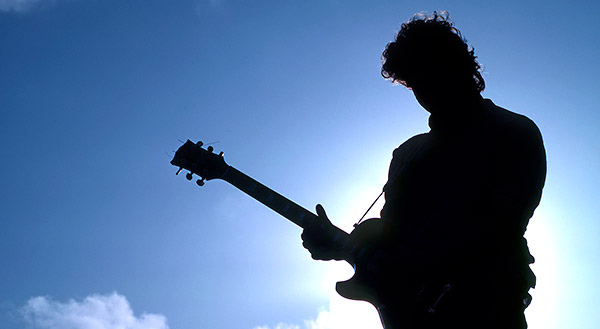
'Blue Guitar', Trawsfynydd, Wales
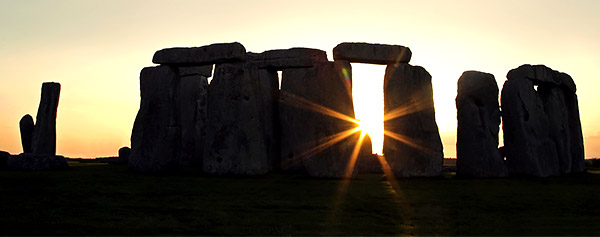
Stonehenge, Wiltshire, England
Exposing for a silhouette
So how does one expose for such a shot? That will depend on the percentage of the subject in the viewfinder, but for 'small' objects such as trees or people et cetera, you merely place the sun behind the subject and shoot. It's generally that easy, but there are exceptions so I suggest you bracket your exposures. The same guidelines apply when the sun has dropped behind the horizon.
Long lens? Short lens? That's up to you, so just compose
for maximum impact from your subject. As it's a silhouette, the impact comes
naturally, and you don't actually have to try very hard! Anyway, here are few
more silhouette examples that, as you'll see, come in a variety of forms . . .
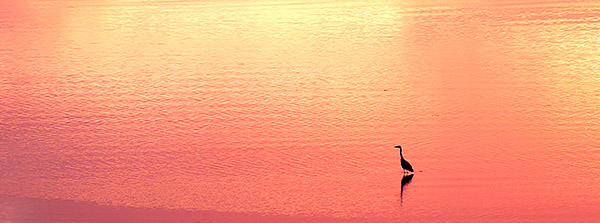
Grey Heron at sunrise, County Dublin, Ireland
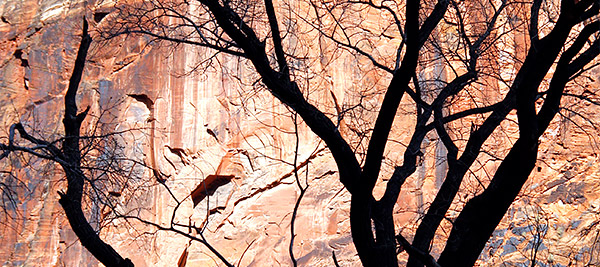
Silhouette of a tree set against a canyon wall, Zion national
park, Utah
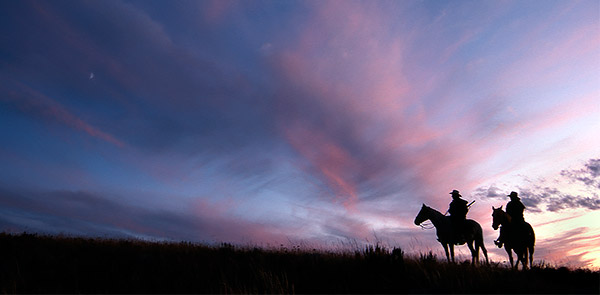
Wranglers on horseback at twilight, Wyoming

Stonehenge, Wiltshire, England.
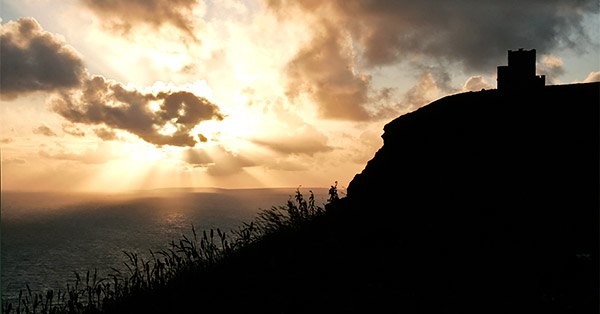
Cliffs of Moher sunset, County Clare, Ireland
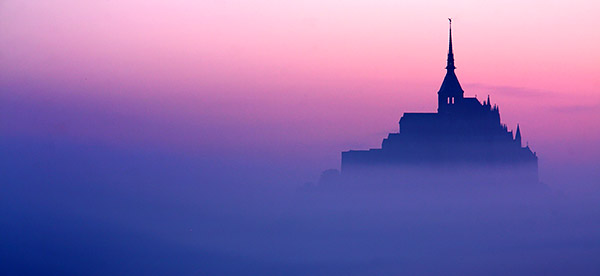
Mont San Michel, Brittany, France, at dawn.
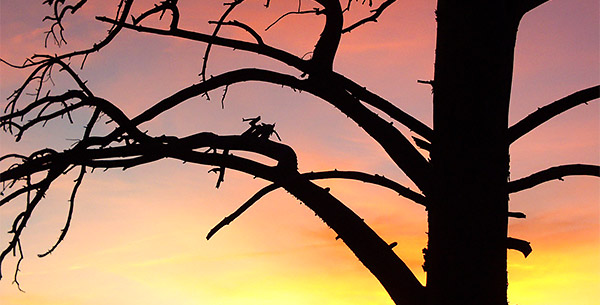
A dead tree in Yellowstone national park, Wyoming,
still has something to offer.
For your competitive spirit
Are you having trouble choosing one of your images for a photography competition?
If so I suggest that you enter your best silhouette shot . . . then let me know how you faired. It's human nature
to migrate to images with that extra punch, so do be on the lookout for subjects that would make good silhouettes when out with your camera.

Remember that whatever you photograph, the end result is limited only by your imagination!